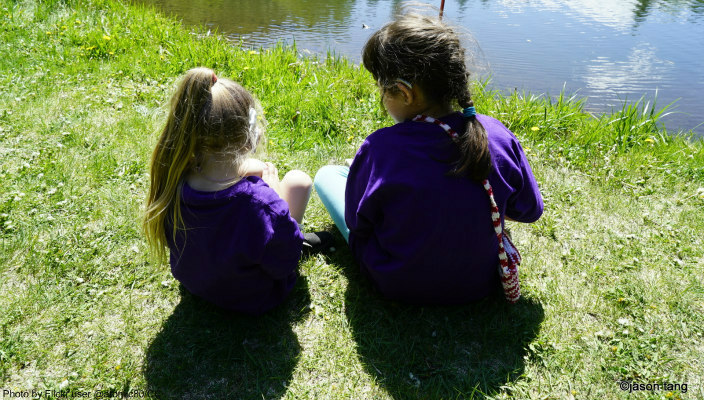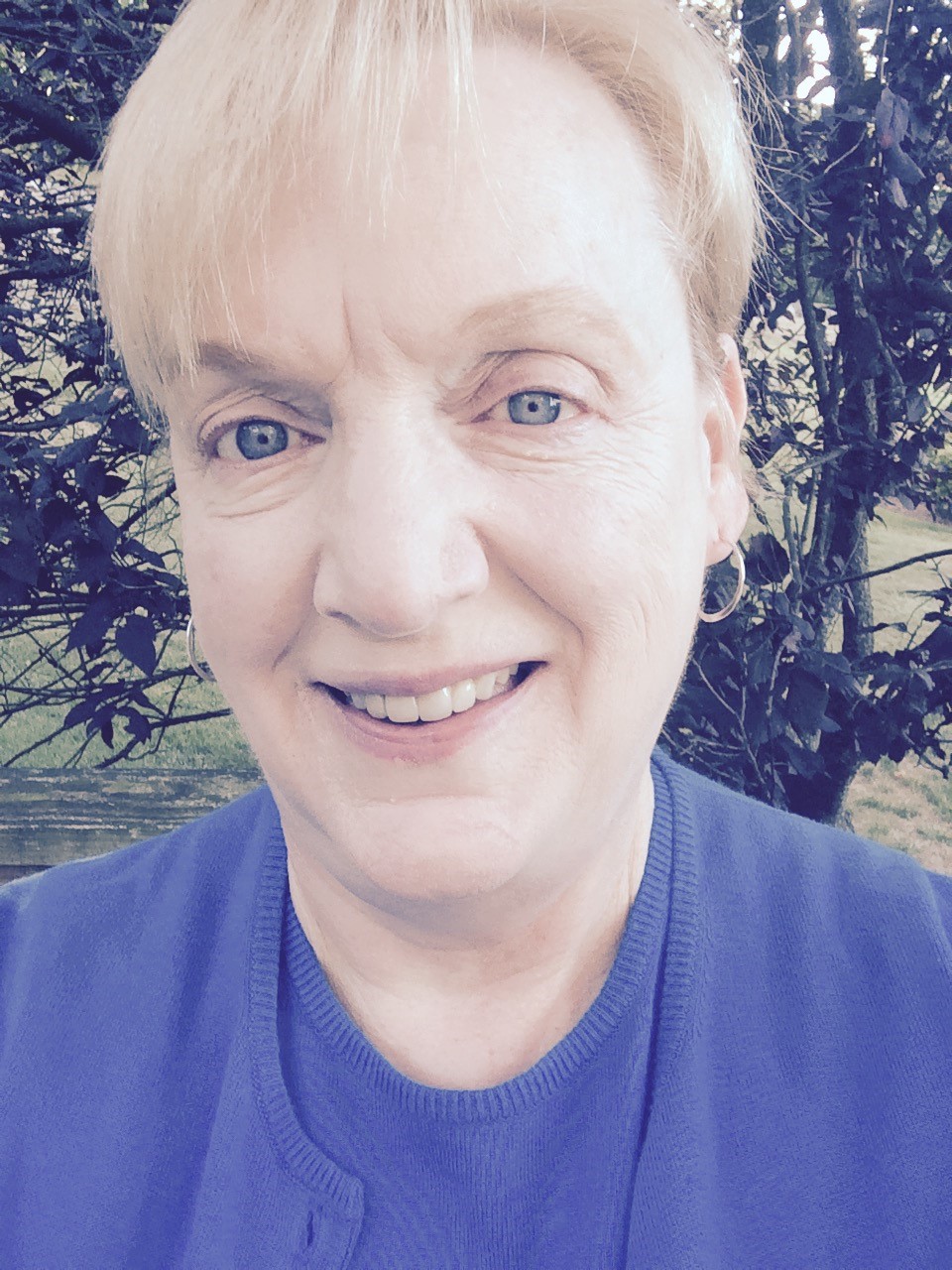
I never went to summer camp, unless you count the rec program on the playground in Fords, New Jersey, where I grew up. My ability to make potholders on a loom with loops was developed on that playground, where counselors supervised simple games and activities all day, except when we went home to have lunch.
These days, the annual retreat held by my congregation, Beth Haverim Shir Shalom (BHSS) in Mahwah, NJ, fills the I-didn’t-go-to-camp void in my Jewish experience. Held at URJ Camp Harlam, a two-hour drive from Mahwah, it’s close enough for the weekend, but far enough away that we’re not tempted to go home for other events, allowing me to celebrate Shabbat in a way I don’t at home.
From the time we arrive on Friday afternoon through the final song session on Sunday morning, I’m removed from the everyday activities and responsibilities of life. I don’t work, do laundry, cook a meal, or go grocery shopping. I don’t watch TV, scan Facebook, or check my email. Instead, I can rest, recharge and live in the moment, as well as connect with fellow congregants. people I don’t usually spend time with. Together, we sing, dance, share meals, and enrich our BHSS community.
It takes a congregation – staff, volunteers, and clergy – to plan and run a successful retreat. Our planning begins about a week after the end of the last retreat! Our clergy do a terrific job making services feel different and special at the retreat. This year, for example, our Shabbat morning service started with everyone lying on the floor meditating! Later, a particularly moving element illustrated the tradition of l’dor v’ dor (from generation to generation) as we lined up by age – oldest to youngest – and passed the Torah down the line. Five-year-old Emily, our youngest participant, helped our rabbi return the Torah to the ark. Beautiful!
If your congregation wants to plan a retreat, here are some ideas to help you get started.
- Enlist the help of a good committee and a strong, well organized leader. Thanks to our terrific planning team, all participants received a detailed, itemized what-to-bring list that included reminders about a flashlight for walking outside at night and a reusable water bottle. When we arrived at camp, we were greeted by the committee and received a welcome packet, including the weekend schedule, a, map, room assignments, and name badges, a great tool when meeting and trying to remembering each other. Our committee also got all the supplies – flipcharts, pens, and the like – we’d need for the weekend to camp.
- Find congregants willing to share their talents. Shabbat afternoon was filled with chugim (electives) that appealed to adults and kids and were led by members of the congregation. Among our choices were photography (always popular), birdhouse building, a nature walk, gaga, Jewish movies (also popular), and candy sushi-making. Drawing, Pilates, and a drum circle have been among the chugim at other retreats. My favorite chug was looming, which brought me back to my summer days on the playground. Instead of potholders, though, we made hats!
- Don’t forget about the food. It seems that at our retreat, when we weren’t praying or learning, we were eating. Camp Harlam provided all regularly scheduled meals – camp food, of course – and we all brought snacks and drinks to share with the group, using an online event planning tool to help us coordinate. Although we didn’t have a lot of downtime, most everyone managed to visit the common room between events to have a snack or just relax at some point during the weekend.
- Remember the retreat is all about community and connections. Being together with fellow congregants – longtime friends and those you haven’t met yet – offers terrific opportunities to socialize, learn from each other, and build and nurture relationships, all of which will strengthen and enrich your synagogue community when you return home and long into the future. Have fun and make the most of this special time with your synagogue family.
Before I knew it, Shabbat was over and our group was seated on the floor in a big circle, reflecting on the week just ended. Havdalah was spiritual, moving, and peaceful, offering us a chance to reflect on the week and capture the feeling of the moment so we could take it with us into the week ahead. The Saturday night bonfire and song fest that followed Havdalah is always popular. Camp songs, contemporary Jewish songs, and Broadway show tunes filled the air. The campfire kept us warm and melted the chocolate and marshmallows in our s’mores. Of course, to no one’s surprise, there were plenty of s’mores to go around.
Have something to say about this post? Join the conversation in The Tent, the social network for congregational leaders of the Reform Movement. You can also tweet us or tell us how you feel on Facebook.
Related Posts

Setting Your Leaders Up For Success

Safety, Equity, and Accountability is the Path to a Thriving Jewish Community

